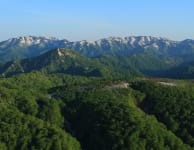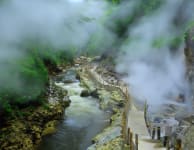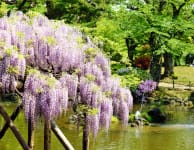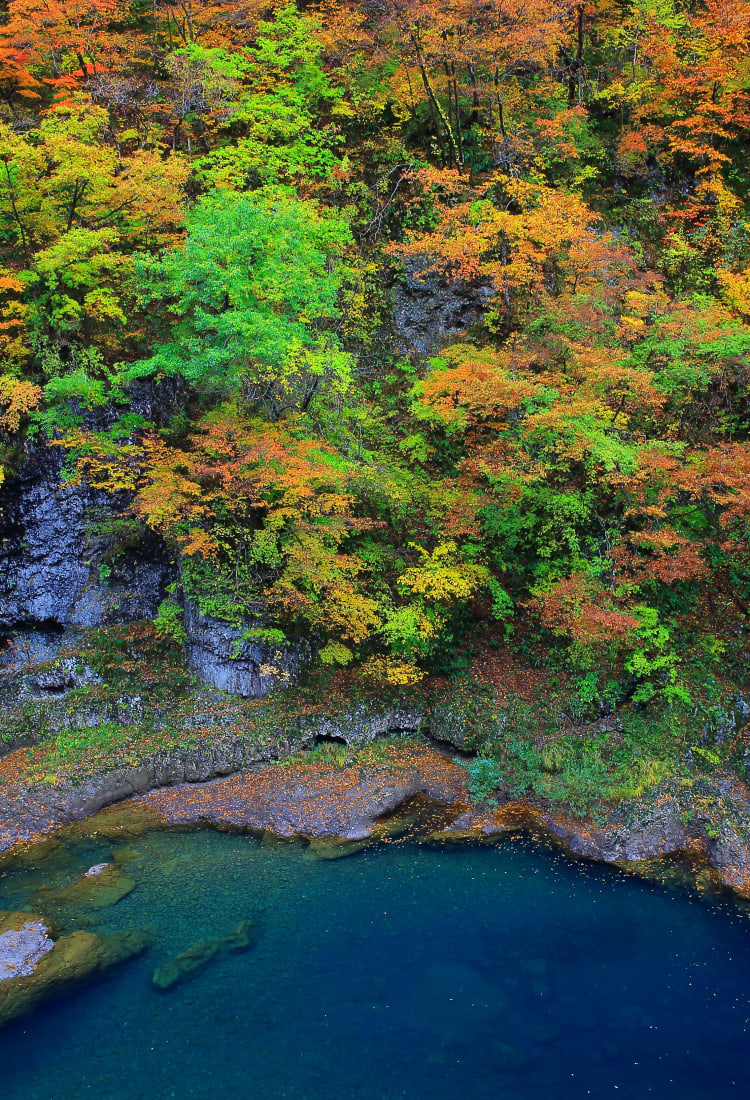

AKITA Kakunodate & Around Explore Japan's feudal past, classic crafts and a beautiful mountain gorge
Explore Japan's feudal past, classic crafts and a beautiful mountain gorge
Looking much as it did back in 1620 when the city was founded, Kakunodate in Akita Prefecture boasts authentic Edo-period architecture in two distinct areas. The impressive samurai and merchant quarters will give you an idea of life in Japan's feudal past.
Just outside the city is Dakigaeri Gorge , a mountain valley that is great for a nature walk along the Tamagawa River through cedar forests and over suspension bridges and trestles.
Kakunodate is known for its weeping cherry trees, which bloom in spring.
Don't Miss
- The weeping cherry trees that bloom in May
- The magnificent samurai houses, barely touched by time
- Elegant cherry-bark crafts in the merchant district
- Commanding views from the former castle site
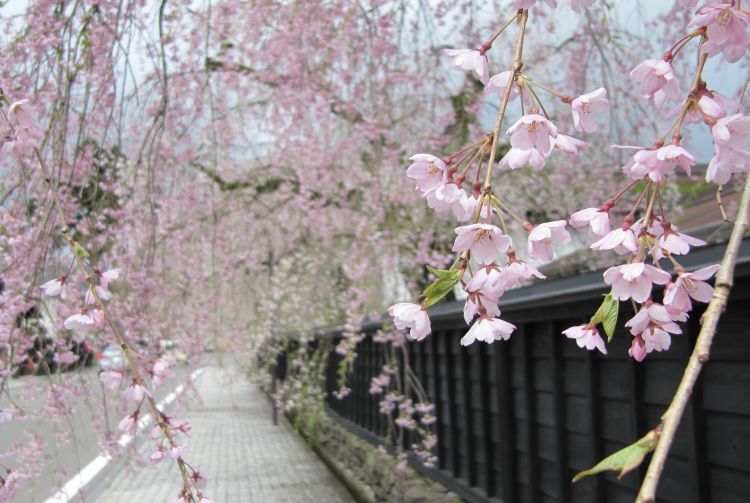
How to Get There
From Tokyo, it's a three-hour trip on the JR Akita Shinkansen, which stops at Kakunodate Station, or a one-hour flight from Tokyo Haneda Airport to Akita Airport.
The cherry blossom journey from Kyoto to Akita
More than a million people journey to see Kakunodate's thousands of cherry trees bloom , making it one of the country's most famous hanami or cherry blossom viewing spots. The blossoms that line the streets and river banks are at their best during late April or early May.
The weeping cherry trees in the samurai district were planted in the 17th century, brought back from Kyoto by local samurai families. Stroll under the blooms in the streets of the samurai quarter for an authentic cherry blossom viewing experience.
Somei yoshino cherry trees along the Hinokinai River turn the river pink in full bloom. Bring some food and drink to the riverbank and join the locals to party under the gently falling petals.

History comes alive
Flourishing as a castle town in the early 17th century, the samurai district homes in Kakunodate have been preserved in a marvelously unspoiled state. Strolling the wide streets, it's easy to imagine the area filled with historical figures.
Explore the area where 80 samurai families once lived, and see the best examples of Japanese residential architecture from the 17th and 18th centuries. These houses show how middle-class and wealthy samurai families lived. Six of the houses including the Aoyagi House , are open to the public.
The Aoyagi samurai manor provides an opportunity to understand Japan's feudal period through dynamic displays. There are museums, galleries, a restaurant, and gift shop within the grounds.
Just down the street is the Ishiguro manor. Still a private home, it's not fully open to visitors, but part of the main house and the storehouse can be viewed.
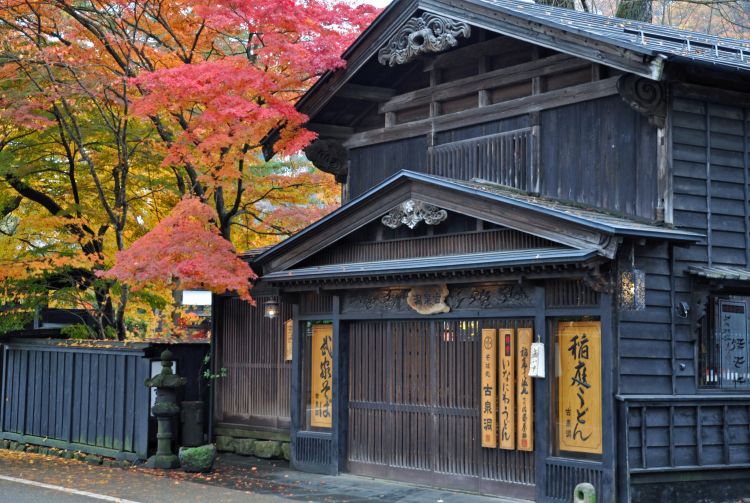
A fall festival with massive floats
Kakunodate is beautiful in fall, and marks the season with a festival in early September called Kakunodate Festival that dates back more than 350 years. Massive seven-ton floats are pulled through the town accompanied by traditional dancers and music.
Shopping in 400-year-old stores
Dating from 1620, Kakunodate's merchant district was separate from the samurai district, reflecting the division between the classes at the time.
Stroll along the wide streets lined with historic buildings that remain largely unchanged. The impressive brick structure of the Ando Jozo Miso storehouse stocks miso and soy sauce, which have been produced using the same method for over 150 years. Buy some to take home a taste of history.
From delicate blossoms to elegant crafts
Many local crafts use Kakunodate's cherry-tree bark, beginning when a 18th-century samurai named Fujimura Hikoroku began working with it. This stunning craftsmanship is used to make trinkets, jewelry boxes and furniture.
The red brick Denshokan Museum exhibits various regional crafts and offers demonstrations of kabazaiku (cherry-bark art) in which boxes, tea implements and pieces of furniture are covered with cherry bark.
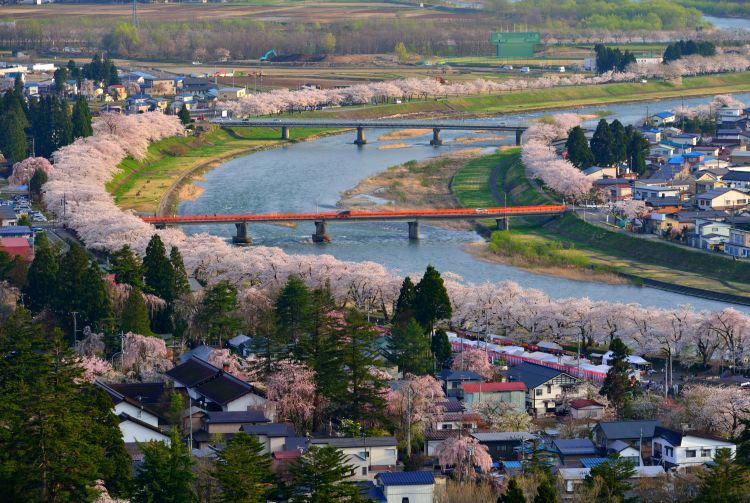
Commanding views from the castle ruins
Hike up the town's steep hillside to where the local fortress, Kakunodate Castle, once stood. Though no traces of the original castle remain, the commanding view of the surrounding area explains why the site was chosen in the 1500s. The castle made Kakunodate the heart of the region's power.
When the city's cherry blossom trees are in full bloom, the view from the top of the hill is of pink and white fluffy clouds, making it a popular spot during the spring.
Before you go, be sure to grab some of the town's traditional sweets, called morokoshi. Made from refined adzuki beans, they make a delicious souvenir.
* The information on this page may be subject to change due to COVID-19.
































































